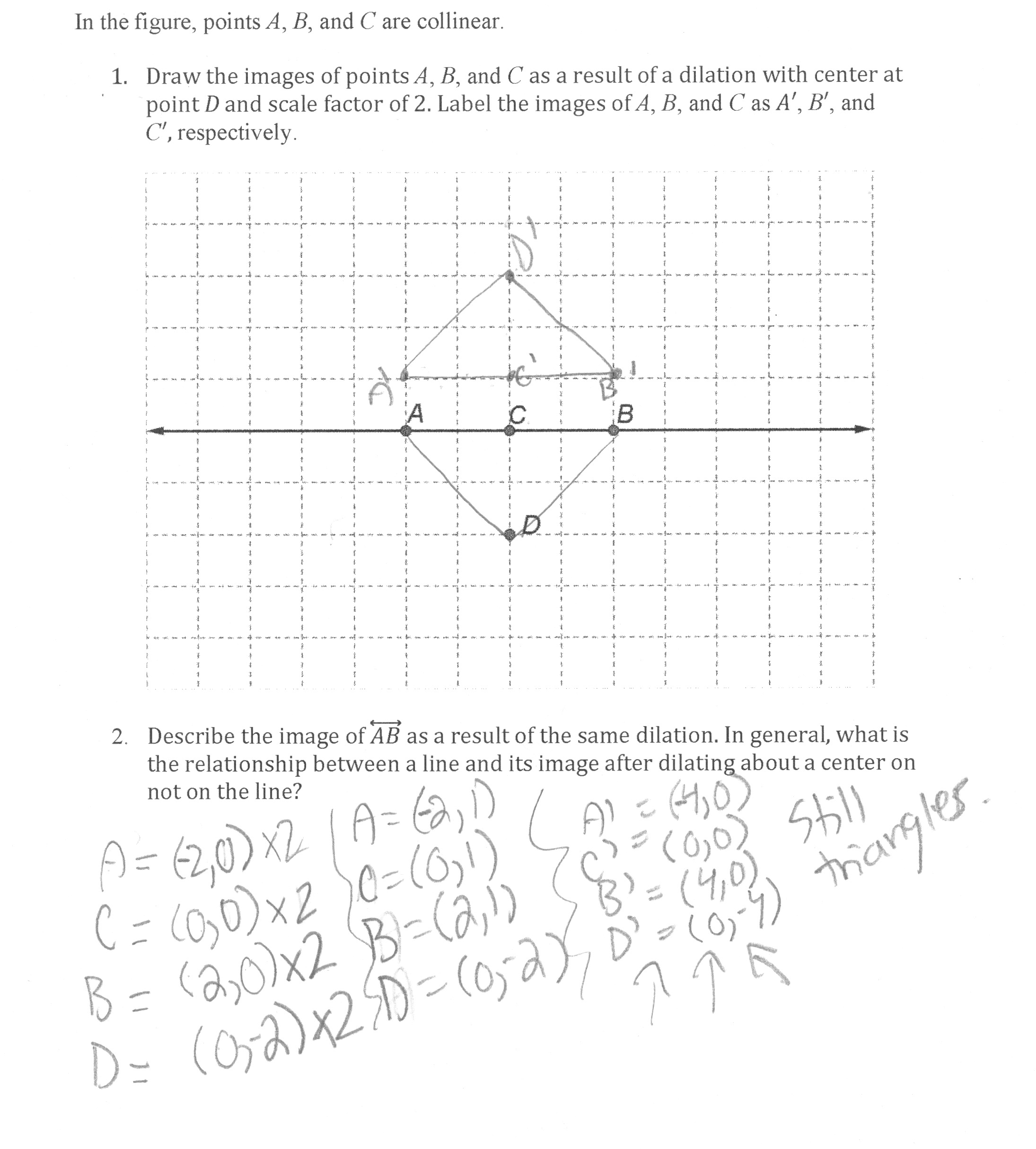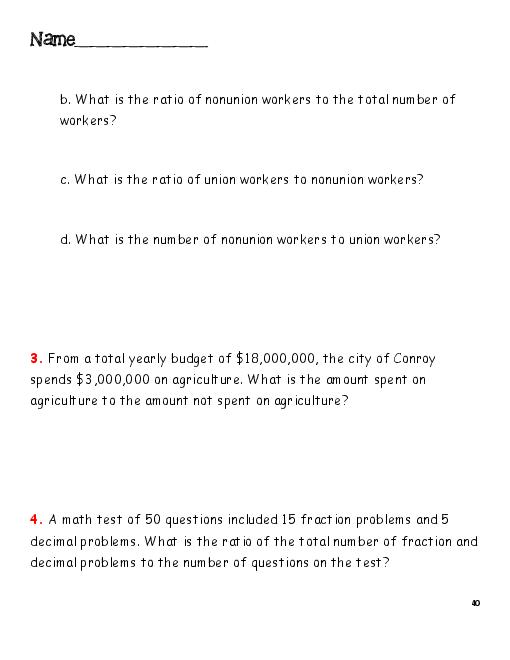Dilation Math Worksheets
If you're seeking a comprehensive learning tool to strengthen your understanding of dilation in math, you've come to the right place. Dilation math worksheets serve as a valuable resource for students who want to deepen their knowledge in this specific area of geometry. With a focus on the entity of dilation and its impact on various subjects, these worksheets provide targeted exercises and problems designed to enhance understanding and proficiency.
Table of Images 👆
More Math Worksheets
Printable Math WorksheetsMath Worksheets Printable
Printable Math Worksheets Multiplication
Math Worksheets for 2nd Graders
Math Multiplication Worksheets
First Grade Subtraction Math Worksheets Printable
Math Worksheets Integers
Middle School Math Coloring Worksheets
Hard Math Equations Worksheets
Valentine's Day Math Coloring Worksheets
What is dilation in math?
Dilation in math is a transformation that changes the size of a figure by a scale factor while keeping the shape and orientation the same. It involves multiplying the coordinates of each point of the figure by the scale factor to enlarge or shrink the figure.
How is the scale factor used in dilation?
The scale factor in dilation is used to determine how much larger or smaller a figure becomes after transformation. It is a constant multiplier that is applied to the coordinates of the original figure to obtain the corresponding coordinates of the dilated figure. The scale factor specifies the ratio of corresponding lengths or distances between the original figure and the dilated figure, allowing us to understand the proportional change in size.
What is the difference between enlargement and reduction in dilation?
Enlargement in dilation refers to when the image expands in size compared to the original figure, while reduction refers to when the image shrinks in size compared to the original figure. In other words, enlargement increases the dimensions of the figure, while reduction decreases the dimensions. Both enlargement and reduction are types of dilation, which is a transformation that changes the size of a figure while keeping its shape constant.
How does dilation affect the size of a figure?
Dilation affects the size of a figure by either enlarging or reducing it based on a scale factor. When a figure is dilated, all its dimensions are multiplied by the scale factor, causing it to become either bigger or smaller than the original figure. The relationship between the original figure and the dilated figure remains the same, maintaining proportional measurements but changing the overall size of the figure.
Can dilation change the shape of a figure?
Yes, dilation can change the size of a figure, but it does not change the shape. Dilation involves scaling a figure up or down by a certain factor, but the proportions and angles of the original figure remain the same.
How does the center of dilation impact the shape of a figure?
The center of dilation impacts the shape of a figure by determining how the figure will be enlarged or reduced. If the center of dilation is within the figure, the figure will expand outward from that point as it is dilated. If the center of dilation is outside the figure, the figure will contract inward towards that point as it is dilated. The distance from the center of dilation to each point on the figure determines the degree of enlargement or reduction, with points closer to the center being less affected than points further away.
What is the relationship between the original figure and the dilated figure in terms of their corresponding angles?
The corresponding angles of the original figure and the dilated figure are congruent. This means that the angles in the original figure maintain the same measure and relationship with each other in the dilated figure, but the sizes of the angles are scaled up or down depending on the scale factor of the dilation.
How can dilation be represented on a coordinate plane?
Dilation on a coordinate plane can be represented by multiplying the x and y coordinates of each point by a scale factor. If the scale factor is greater than 1, the dilation will result in an enlargement, and if the scale factor is between 0 and 1, the dilation will result in a reduction. The center of dilation is the point about which the dilation occurs, and each point's distance from the center of dilation is multiplied by the scale factor to determine its new position.
What are some real-life examples of dilation?
Some real-life examples of dilation include resizing a photograph, enlarging or shrinking a map, adjusting the size of a logo on a website, increasing or decreasing the volume of an audio file, and changing the scale of a model or blueprint in architecture or engineering.
How does dilation relate to similar figures?
Dilation is a transformation that enlarges or reduces the size of a figure by a fixed scale factor. When two figures are similar, it means that they have the same shape but not necessarily the same size. Dilation is a key concept in understanding similar figures because it allows us to create one figure from another by changing its size while keeping the same proportions. By dilating a figure with respect to a center of dilation and a scale factor, we can show that the resulting figure is similar to the original figure, just in a different size.
Have something to share?
Who is Worksheeto?
At Worksheeto, we are committed to delivering an extensive and varied portfolio of superior quality worksheets, designed to address the educational demands of students, educators, and parents.























Comments